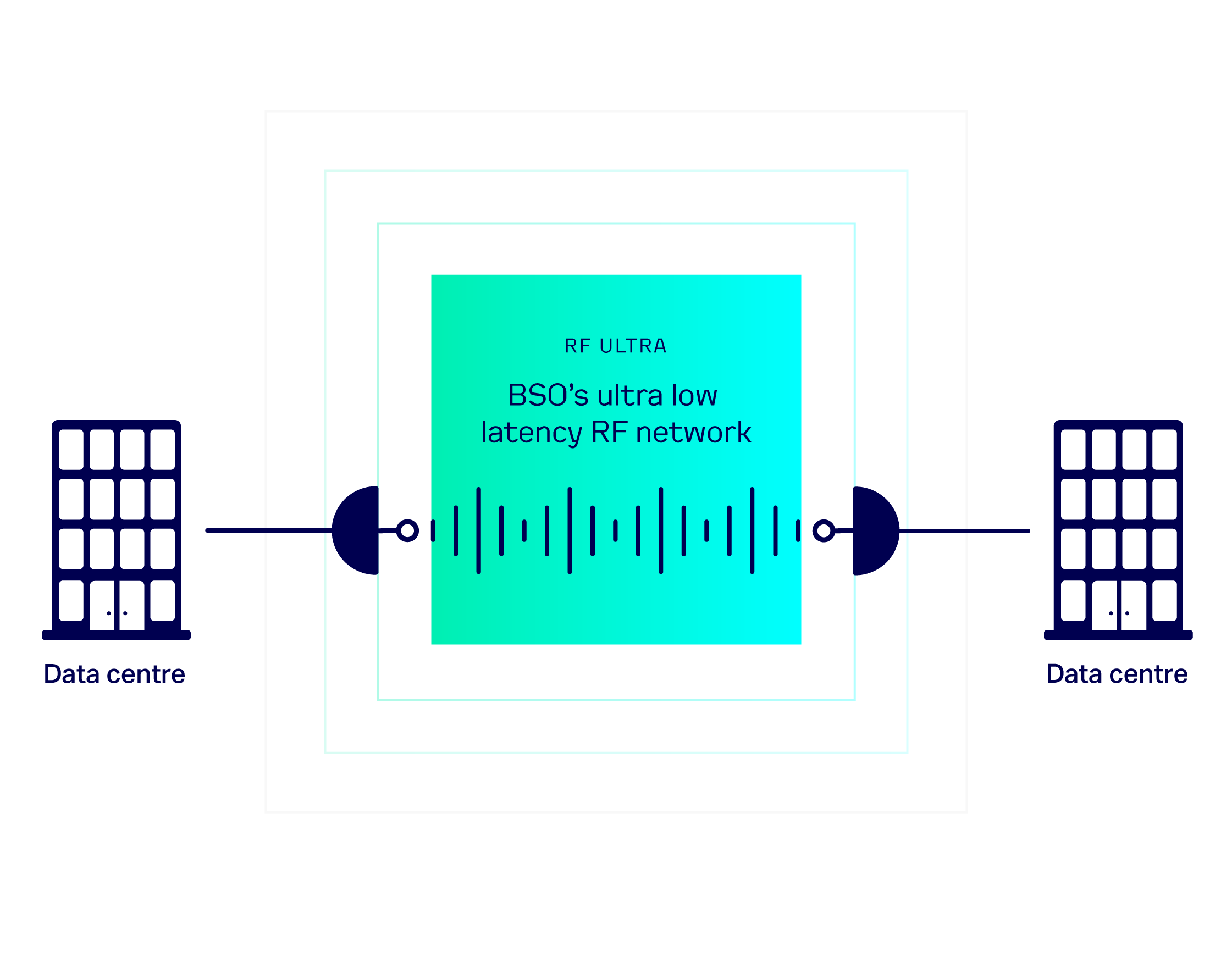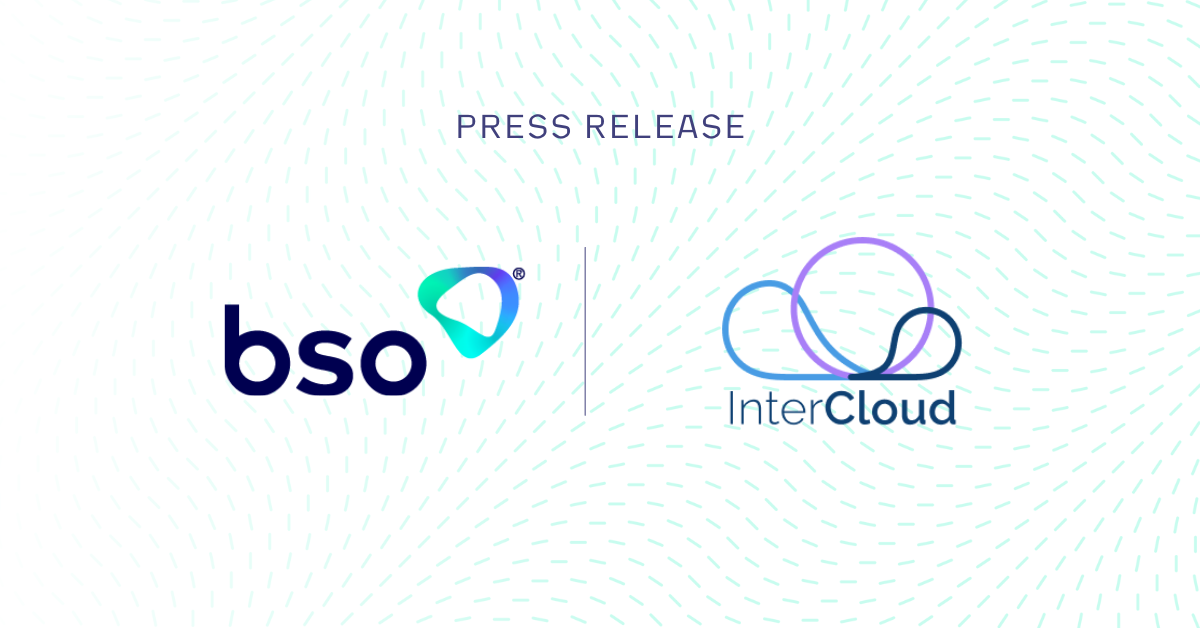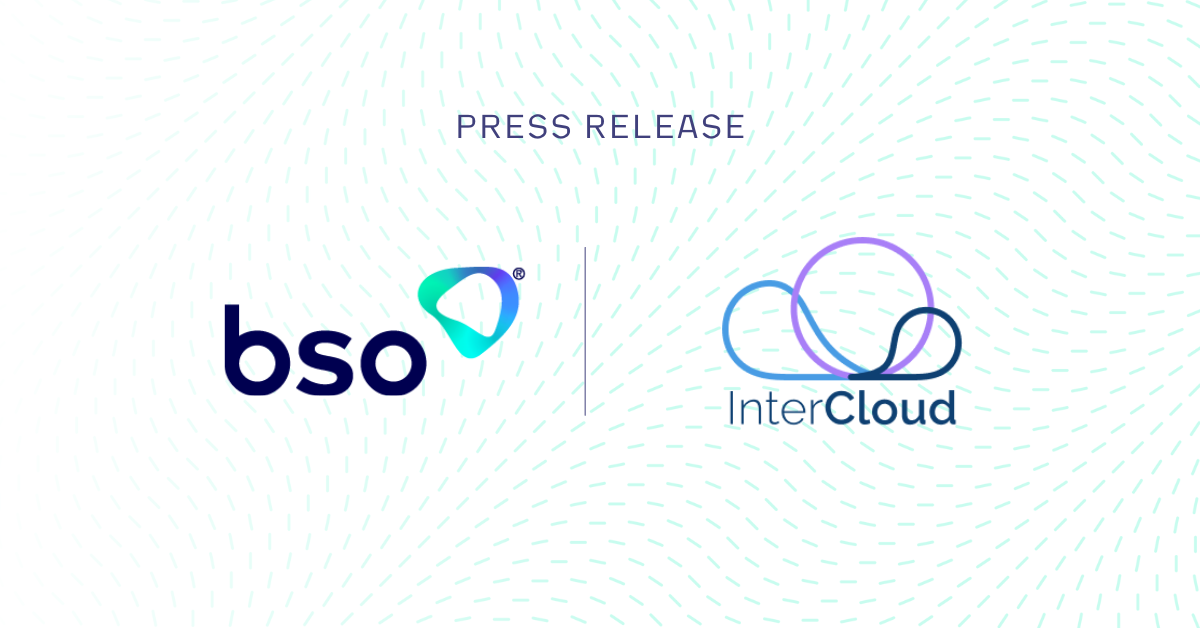PRODUCTS
RF Ultra_
Trading at the speed of light_
Through in-house R&D, acquisitions and strategic partnerships, BSO has created the world’s leading ultra low latency connectivity platform between major financial hubs.
OUR SERVICE
How does it work?
RF Ultra is a radio frequency-based connectivity product designed for ultra low latency connectivity. As with RF Express, RF Ultra connects major data centres and financial exchanges across our New Jersey, Chicago and Toronto metro area networks.
RF Ultra provides the market’s lowest latency Layer 1 connectivity between two connections on a bit-by-bit basis. Customers connect directly into the circuit interface for a speed of 1.25Gbit/s. Ethernet framing and frame segregation are not required as any signalling protocol can be used.
On 1Gbps circuits customers can also include RF Secure with their service to provide an alternate back-up fibre path for consistent uptime.

LATENCIES
Enquire about our latency numbers_
Availability_
Chicago Metro
NJ Metro
Toronto Metro
The best of the best_
Ultra-low latency
Harness the lowest available Layer 1 connectivity in each of our RF markets.
High throughput
BSO’s heavy investments in RF technology provide dedicated circuits capable of passing 1.25Gbit/s.
No restrictions
No frame size or signalling protocol restrictions, giving you total flexibility and complete control.
Our paths
Our RF paths cover the shortest distance geodesic path when possible.
Technical features_
Specifications
All services are provisioned over dedicated radio equipment operating in the 71-76/81-86GHz E-Band spectrum
Ethernet encapsulation is not required, use the signalling protocol of your choice
No frame segmentation needed
PRODUCT SHEET
BSO’s RF Ultra product sheet_

Always investing_
We know even a single microsecond counts, which is why our engineers are constantly refining our RF solutions.
BSO ULTRA
Is RF Ultra unavailable near you?
We are global citizens and are always open to new markets. Speak to us if you need RF Ultra.
JOIN OUR NETWORK
Not on-net with BSO?
Get in touch to transform your trading with RF Ultra_
FAQs
What is ultra low latency?
Ultra-low latency refers to the minimal delay or lag experienced in data transmission or processing. It ensures near-instantaneous response times, crucial for real-time applications like online gaming, financial trading, and video conferencing. By reducing the time between data generation and its arrival at the destination, ultra-low latency enhances user experience and system performance. Achieving this requires advanced network technologies, hardware optimisations, and efficient algorithms.
What is ultra low latency in 5g?
Ultra-low latency in 5G refers to the very fast response times within the fifth-generation wireless network. It enables data transmission with almost no delay, which is crucial for real-time applications like augmented reality and industrial automation. With 5G's advanced technologies like edge computing and network slicing, latency is dramatically reduced to a few milliseconds. This ensures an enhanced user experience and unlocks the potential of innovative services and applications that demand the instantaneous exchange of data.
When is 5g ultra low latency recommended?
5G ultra-low latency is recommended for applications and use cases that require real-time responsiveness and near-instantaneous data exchange. It is ideal for scenarios such as augmented and virtual reality experiences, autonomous vehicles, remote surgery, online gaming, and industrial automation. In these contexts, low latency is crucial to ensure seamless and immersive interactions, precise control, and enhanced safety. By leveraging 5G's capabilities, users can experience a significant improvement in performance and reliability for a wide range of innovative and time-sensitive applications.
Why is ultra low latency important in 5G?
Ultra-low latency is critical in 5G due to its impact on real-time responsiveness and user experience. It ensures near-instantaneous data transfer, reducing delays in communication between devices and applications. This is vital for applications like augmented reality, virtual reality, high frequency trading and industrial automation, where split-second decisions and actions are essential. With ultra-low latency, users can enjoy seamless interactions, faster load times, and improved precision, while industries benefit from enhanced productivity and safety. 5G's low latency capabilities pave the way for a new era of innovative services and applications that demand lightning-fast data exchange.





/Revolutionising-Connectivity%20BSOs-Tailored-Cloud-Solution-for-CryptoStruct-GmbH.png?width=1050&height=550&name=Revolutionising-Connectivity%20BSOs-Tailored-Cloud-Solution-for-CryptoStruct-GmbH.png)
/6%20Cloud%20Best%20Practices%20for%20Financial%20Technology%20Companies.jpg?width=1200&height=600&name=6%20Cloud%20Best%20Practices%20for%20Financial%20Technology%20Companies.jpg)



